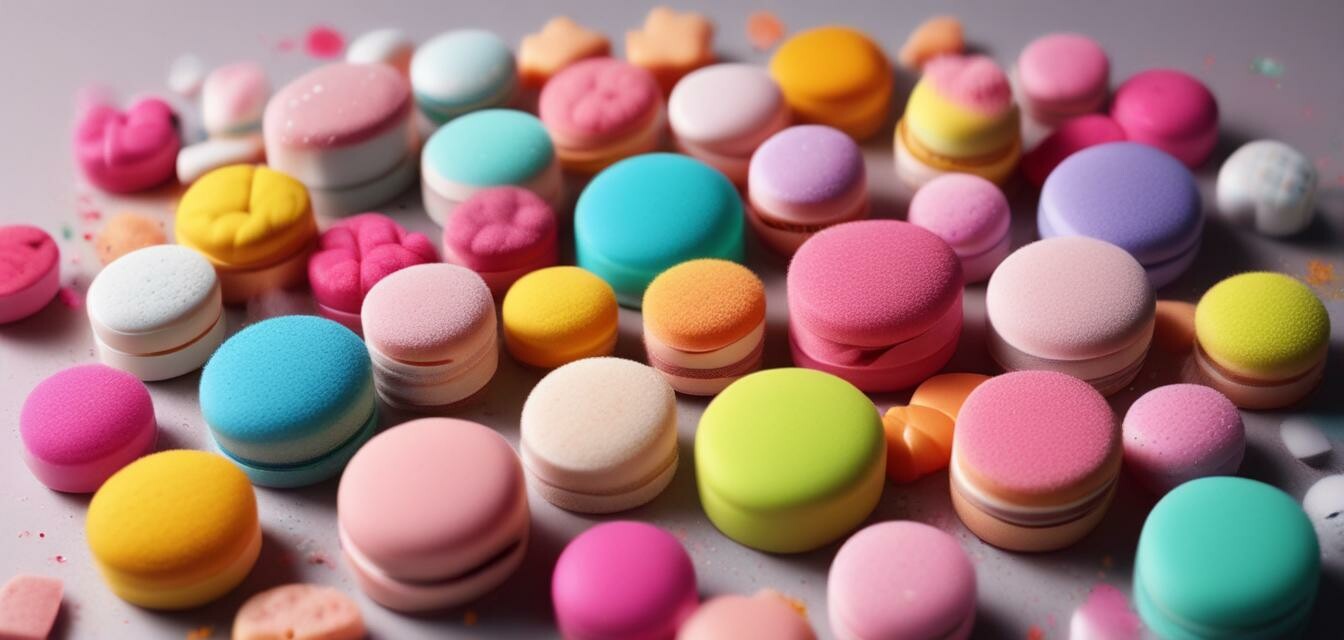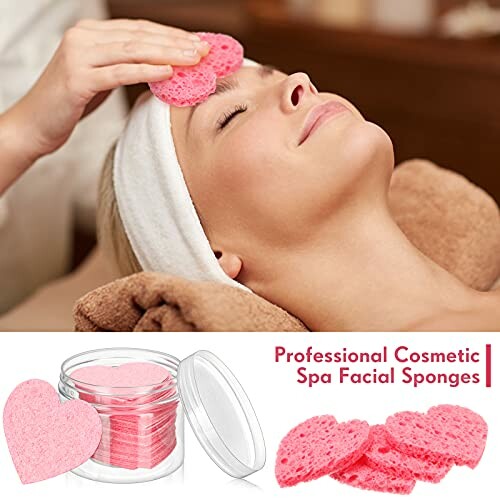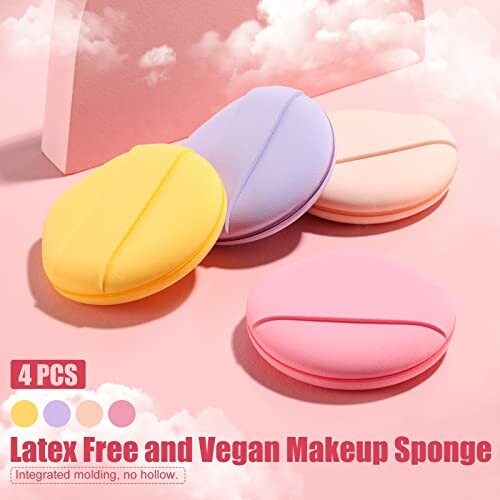
This article was generated using AI and is based on real customer reviews from the Amazon platform. It contains affiliate links, meaning we may earn a commission—at no extra cost to you. As Amazon Associates, we earn from qualifying purchases.
Best Practices for Cleaning Sponges and Puffs
Key Takeaways
- Cleaning your sponges and puffs regularly prevents the buildup of bacteria.
- Use gentle cleansers and avoid harsh chemicals to maintain the integrity of your tools.
- Rinse thoroughly after washing to remove all cleaning agents.
- Air dry your sponges and puffs in a clean, dry area to prevent moisture buildup.
Keeping your beauty tools clean is essential for achieving flawless makeup application while avoiding skin irritations or breakouts. Sponges and puffs are especially prone to harboring bacteria if not cared for properly. Below, we discuss the best practices for cleaning your makeup sponges and puffs effectively, ensuring longevity and optimal performance.
Why Cleaning Sponges and Puffs is Important
Your makeup sponges and puffs are essential tools in your beauty routine. They assist in blending foundation, applying powders, and contouring. However, these tools can accumulate dirt, oils, and bacteria over time, contributing to skin issues if not cleaned regularly. Here are some key reasons to keep them clean:
- Prevents breakouts and skin irritations.
- Ensures a flawless makeup application.
- Extends the lifespan of your tools.
- Maintains pigment integrity for better color application.
Best Methods for Cleaning Sponges and Puffs
Method 1: Regular Soap and Water
The most straightforward method for cleaning is using regular soap and warm water. Here's a step-by-step process:
- Wet the sponge or puff under warm running water.
- Add a drop of gentle liquid soap.
- Gently squeeze the sponge to create lather. Avoid twisting as it may tear the sponge.
- Rinse thoroughly until the water runs clear.
- Squeeze out excess water and lay flat to dry.
Method 2: Baby Shampoo
Baby shampoo is an excellent option due to its gentle formula. Follow these steps:
- Fill a bowl with warm water and add a few drops of baby shampoo.
- Soak the sponge or puff in the mixture for about 10-15 minutes.
- Gently work the sponge with your fingers to clean.
- Rinse under warm water until clean.
- Allow it to air dry completely before storage.
Method 3: Vinegar and Water Solution
For deeper cleaning, a vinegar solution can be used:
- Mix equal parts white vinegar and water in a bowl.
- Soak your sponge or puff in the solution for 15 minutes.
- Rinse thoroughly under running water.
- Squeeze out the excess water and leave to dry in a cool area.
Common Mistakes to Avoid
- Avoid using harsh chemicals, as they can degrade the sponge material.
- Do not dry sponges or puffs in a damp area, as this encourages mold growth.
- Refrain from using a washing machine, as the spinning action can cause damage.
- Never share sponges or puffs to prevent cross-contamination.
How Often Should You Clean Your Sponges and Puffs?
| Tool Type | Frequency of Cleaning |
|---|---|
| Daily Use Sponges | After every use |
| Occasional Use Sponges | Once a week |
| Powder Puffs | Every 2-3 uses |
Recommended Products
Nuenen 60 Pieces Facial Sponges with Container
Adorable heart-shaped natural facial sponges perfect for deep cleansing and exfoliating.
Learn MoreFoundation Sponge BS-MALL Blender Sponge
Multi-colored makeup sponges that provide flawless application for liquid and powder foundations.
Learn MoreConclusion
Adhering to these cleaning practices ensures that your makeup sponges and puffs remain in top condition, prolonging their use while safeguarding your skin. Remember to clean them regularly, use gentle cleaning agents, and let them dry properly. With proper care, you can enhance both your makeup application experience and the longevity of your beauty tools.
Further Reading
Expand your knowledge on beauty tool hygiene and methods:

